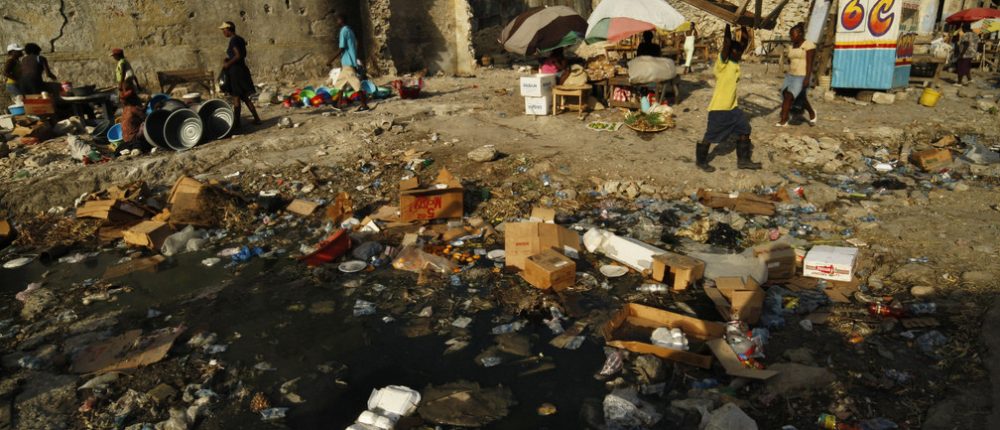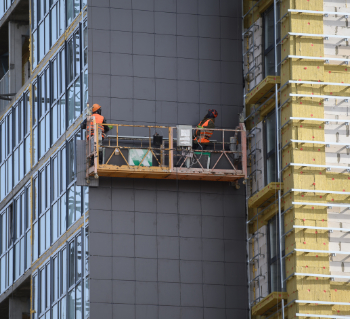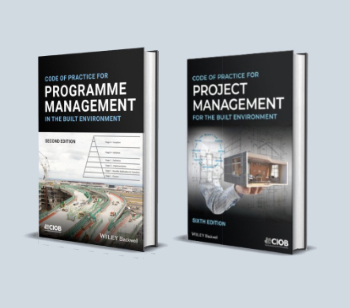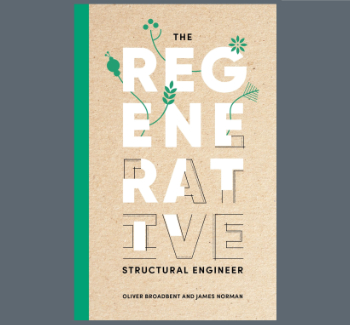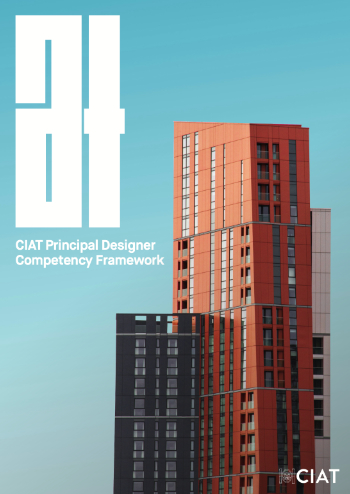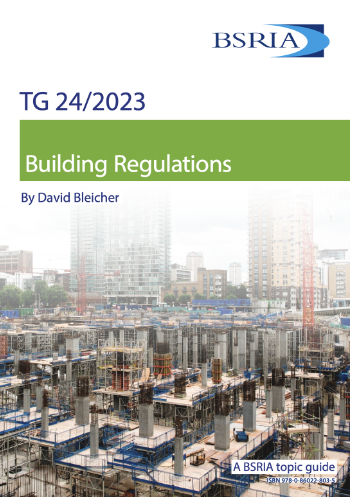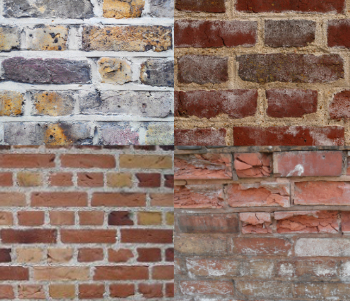How to rebuild using the debris from disasters
In Amsterdam, a mobile factory the size of two shipping containers ingests rubble at one end, liquifies it into cement, and spurts out LEGO-shaped building blocks. Call it 'rubble for the people', converting the deadly debris from disasters into homes and hospitals, cheaply and quickly.
It’s the brainchild of Gerard Steijn, a 71-year-old sustainable development consultant turned social entrepreneur, who leads the Netherlands-based project to recycle the rubble from natural disasters and wars.
He plans to create ecologically sound and safe housing by producing 750 building blocks a day from the debris, enough for one home at a cost of less than $20,000 each.
“In disasters, you have piles and piles of rubble, and the rubble is waste. If you are rich, you buy more bricks and rebuild your home,” Steijn said.
“But what happens if you are poor? In disasters it is the poorest people who live in the weakest houses and they loose their homes first. I thought, what if you recycled the rubble to build back better homes for poor people?”
Three brightly painted concept homes stand in an industrial park in Amsterdam. Hennes de Ridder, an engineering professor at the University of Delft who donates his time to the Mobile Factory, exudes a child’s excitement in describing their sparse structural elements.
Each 20 x 10 x 10 cm (8 x 4 x 4 inches), snaps together LEGO-style without cement or mortar allowing the home to flex under stress, he explains. Bamboo poles inserted into the walls provide extra stability, while two bamboo poles and a steel cable anchor the roof, he explains.
“It’s very simple,” de Ridder said. “We eat the rubble, make high-quality concrete blocks. Like LEGO, it is standardised in material and geometry.”
Unskilled people can build the homes with the blocks, which meet demanding Dutch construction standards to ensure they will last for many years. De Ridder expects further stress tests will show the homes can withstand tremors of at least 6 on the Richter scale.
Written by Stella Dawson Chief Correspondent, Thomson Reuters Foundation
This article was also published on the Future of Construction Knowledge Sharing Platform and the WEF Agenda Blog.
--Future of Construction 14:53, 16 Jun 2017 (BST)
[edit] Related articles on Designing Buildings Wiki
- Buildings that help rebuild lives and communities.
- Future proofing construction.
- Helping communities recover from disasters and protecting them before they occur.
- Hurricane design considerations.
- Managing and responding to disaster.
- QSAND.
- QSAND application in Nepal.
- Reconstruction following typhoon Haiyan.
- Research and development in disaster response.
- Resilience.
- The opportunity to build tomorrow’s cities.
- Two steps towards a more resilient world.
Featured articles and news
For the World Autism Awareness Month of April.
70+ experts appointed to public sector fire safety framework
The Fire Safety (FS2) Framework from LHC Procurement.
Project and programme management codes of practice
CIOB publications for built environment professionals.
The ECA Industry Awards 2024 now open !
Recognising the best in the electrotechnical industry.
Sustainable development concepts decade by decade.
The regenerative structural engineer
A call for design that will repair the natural world.
Buildings that mimic the restorative aspects found in nature.
CIAT publishes Principal Designer Competency Framework
For those considering applying for registration as a PD.
BSRIA Building Reg's guidance: The second staircase
An overview focusing on aspects which most affect the building services industry.
Design codes and pattern books
Harmonious proportions and golden sections.
Introducing or next Guest Editor Arun Baybars
Practising architect and design panel review member.
Quick summary by size, shape, test, material, use or bonding.
Types of rapidly renewable content
From forestry to agricultural crops and their by-products.
Terraced houses and the public realm
The discernible difference between the public realm of detached housing and of terraced housing.









